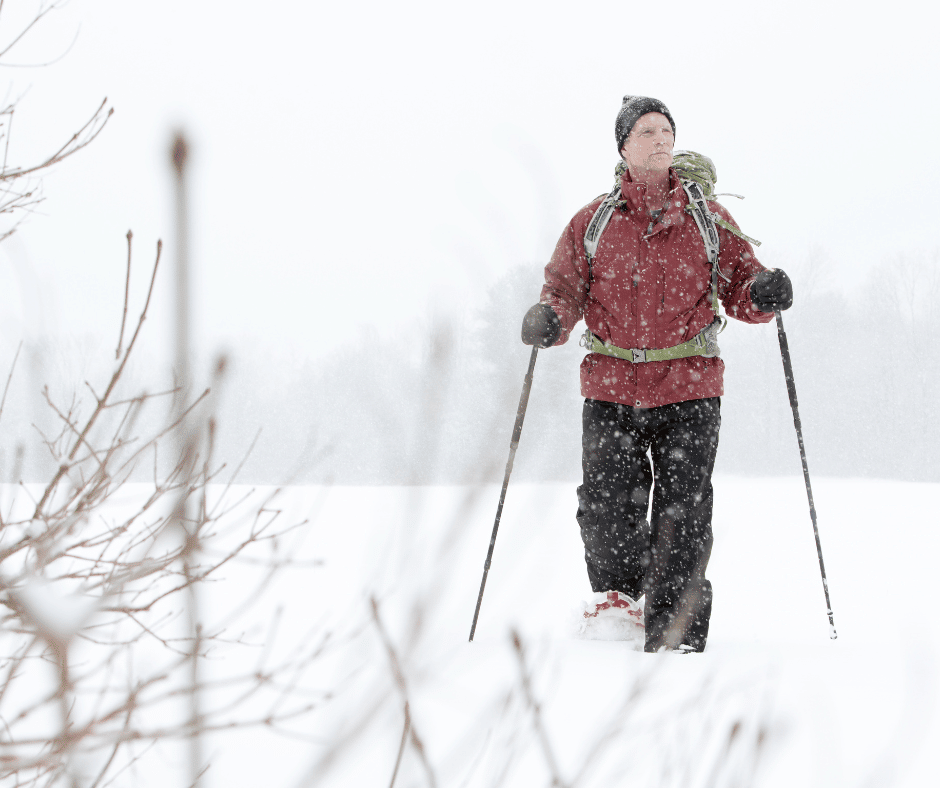Backpacking in the winter can be an incredible experience, but it also carries a lot of risks and requires extra preparation. With the right gear, knowledge, and attitude you can make your winter backpacking adventure a safe and enjoyable one.

Here are some tips to help you prepare for your next backpacking trip during the coldest months of the year: from finding adequate shelter to packing proper clothing layers, carrying emergency supplies, knowing how to stay warm in sub-zero temperatures and more. By following these guidelines you will be able to enjoy all that nature has to offer while staying safe on your journey.
1. Pack the right gear.
Gear is essential when backpacking in winter, and you’ll need to make sure that your gear is appropriate for the conditions. Bring a tent with a strong windproof fly and plenty of stakes to keep it from blowing away. A four-season sleeping bag rated for temperatures below zero degrees Fahrenheit and an insulated pad or mat will ensure you stay warm at night. Wear waterproof hiking boots, gaiters, and snowshoes if necessary, to maximize traction in slippery conditions.
2. Dress for success.
Layering your clothing is key when backpacking in cold weather – this way you can easily adjust your comfort level as the temperature fluctuates throughout the day. Start with a wicking base layer, followed by an insulating middle layer and a waterproof outer layer. Be sure to pack extra gloves and a hat or balaclava to keep your head and hands warm when the temperature really drops.
3. Protect yourself from the elements.
It’s important to remember that you won’t always be able to find shelter in the winter months – so you need to be prepared for whatever nature throws your way. Bring along a tarp or lightweight bivy sack for emergency shelter if necessary, and make sure it can withstand wind and snow. Also, be sure to bring along a map and compass so you don’t get lost during whiteouts or blizzards.

4. Stay warm and dry.
It can be difficult to stay warm and dry in cold, wet weather when you’re backpacking. Make sure you bring along extra layers for insulation, and a waterproof jacket so that you don’t get soaked through. Invest in good quality socks and liners – cotton is a no-no as it will just absorb moisture, making your feet even colder. Additionally, keep your fuel sources (such as stoves or fire starters) safe and dry by storing them in sealable bags or other waterproof containers.
5. Don’t forget the basics.
Finally, don’t forget the basics of winter backpacking – carry enough food and water to last you through your journey, and make sure to bring any necessary medical supplies in case of emergency. Be sure to check the weather before you leave so that you can plan for any unexpected changes. With the right gear, knowledge, and attitude, winter backpacking can be a safe and rewarding experience!
Following these tips will help ensure a successful and enjoyable winter backpacking trip. Remember – safety is always the number one priority when it comes to outdoor adventures, no matter what time of year! So pack smartly, dress warmly, stay alert and enjoy your journey! Happy trails!
